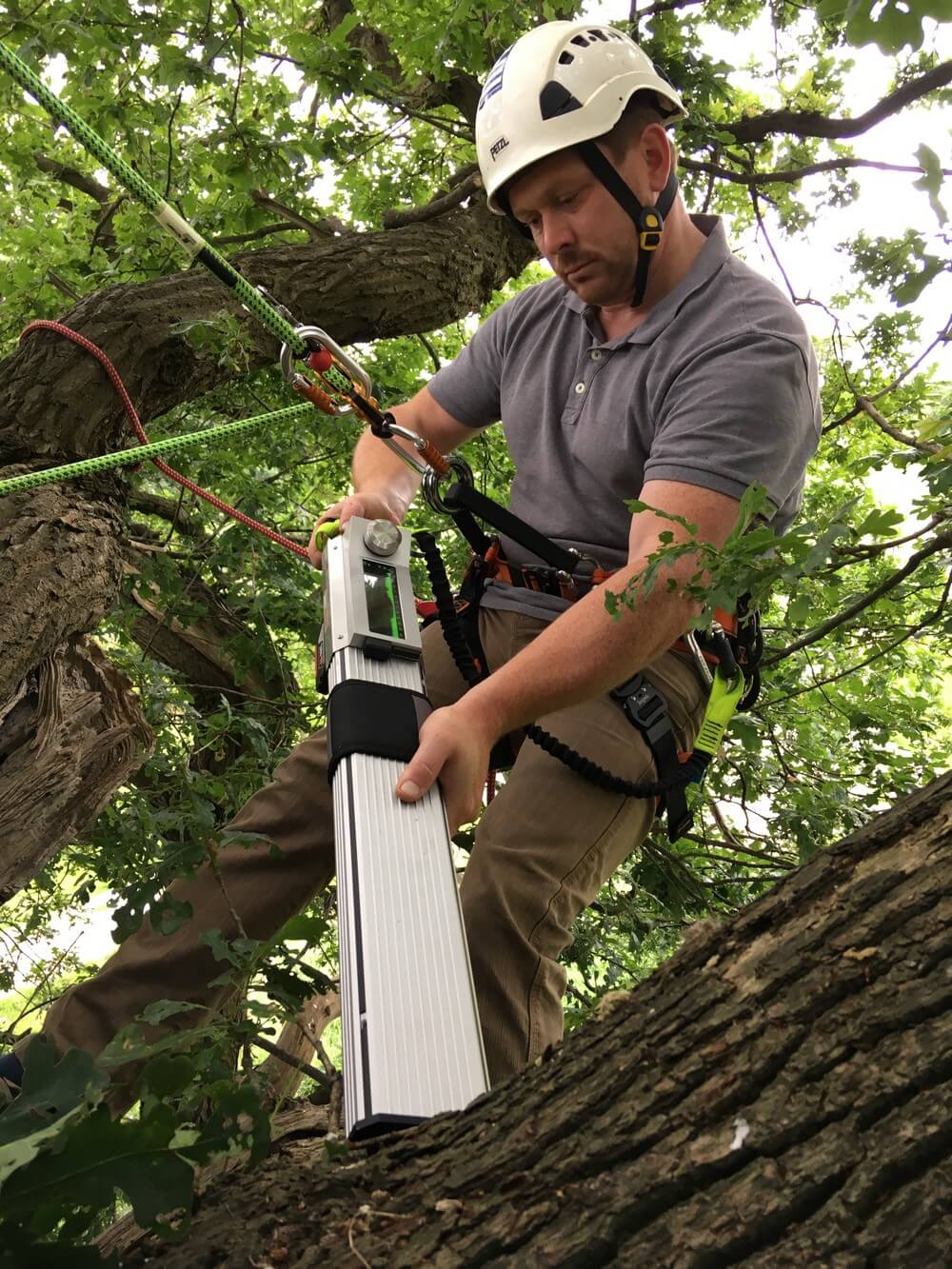BB Trees Ltd - Tree and Woodland Consultancy
Detecting hidden decay in trees
There could be significant decay or cavities within a tree that it's not possible to see.
If I suspect that a tree may have internal decay, cracks or cavities, I'll use invasive decay detecting techniques, such as the use of a Resistograph decay detecting drill to determine its presence and inform my recommendations for remedial tree surgery works.
While carrying out Resistograph decay detection, I will drill the tree at a constant speed using a very fine needle and I'll measure the resistance to drilling. From the read-out, I'll be able to determine the structural integrity of the tree and identify the location of areas of decay or cavities. My experience in interpreting the readout is key in identifying the appropriate remedial tree surgery works.
Don't worry about damaging the tree. The needle I use is extremely fine, so it will cause minimal damage to the tree. You won't be able to see where I have drilled.

Example Resistograph read-out graph

The read-out graph identifies the depth of penetration for the testing (read right to left) along the horizontal (Z) axis. The vertical (Y) axis records the amplitude which is a relative measurement as to the density of the encountered wood.
The read-out graph consists of two independently recorded, overlaid measurements. The green graph is the resistance measured at the tip of the drill and is equal to the torque force required to drill into the wood. The blue graph relates to the feed rate i.e. the force required to drill through the wood at a predetermined rate.
